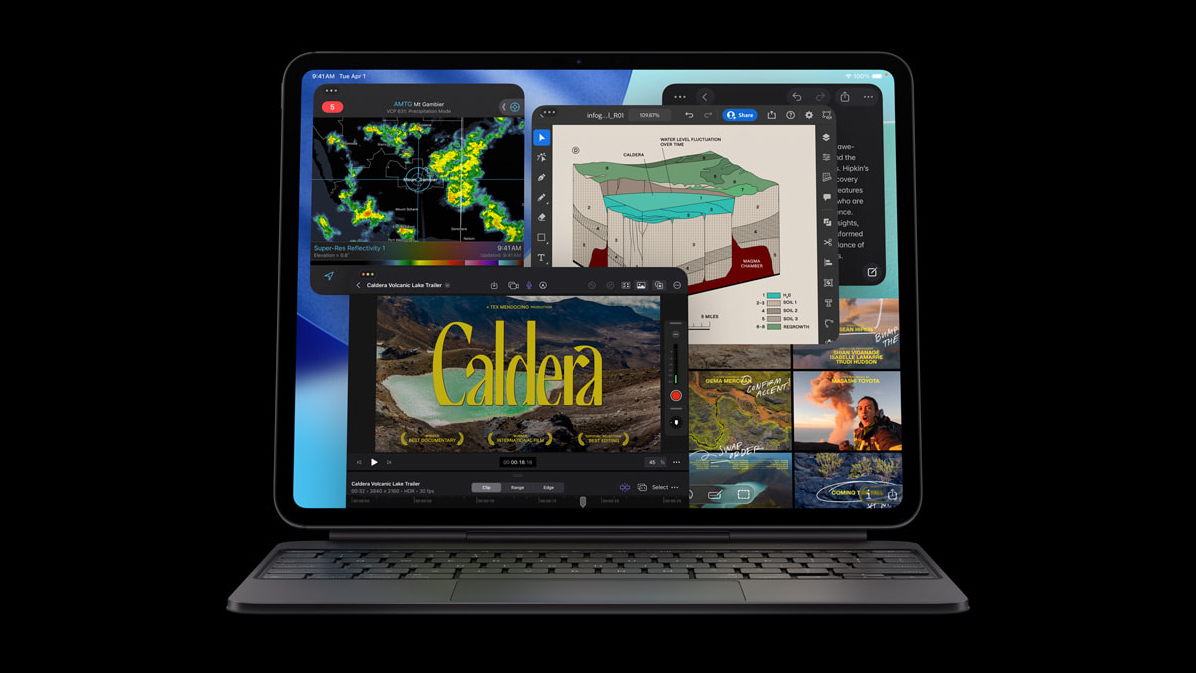Best projectors 2025: budget, 4K and ultra-short-throw
Get the authentic big-screen movie night experience
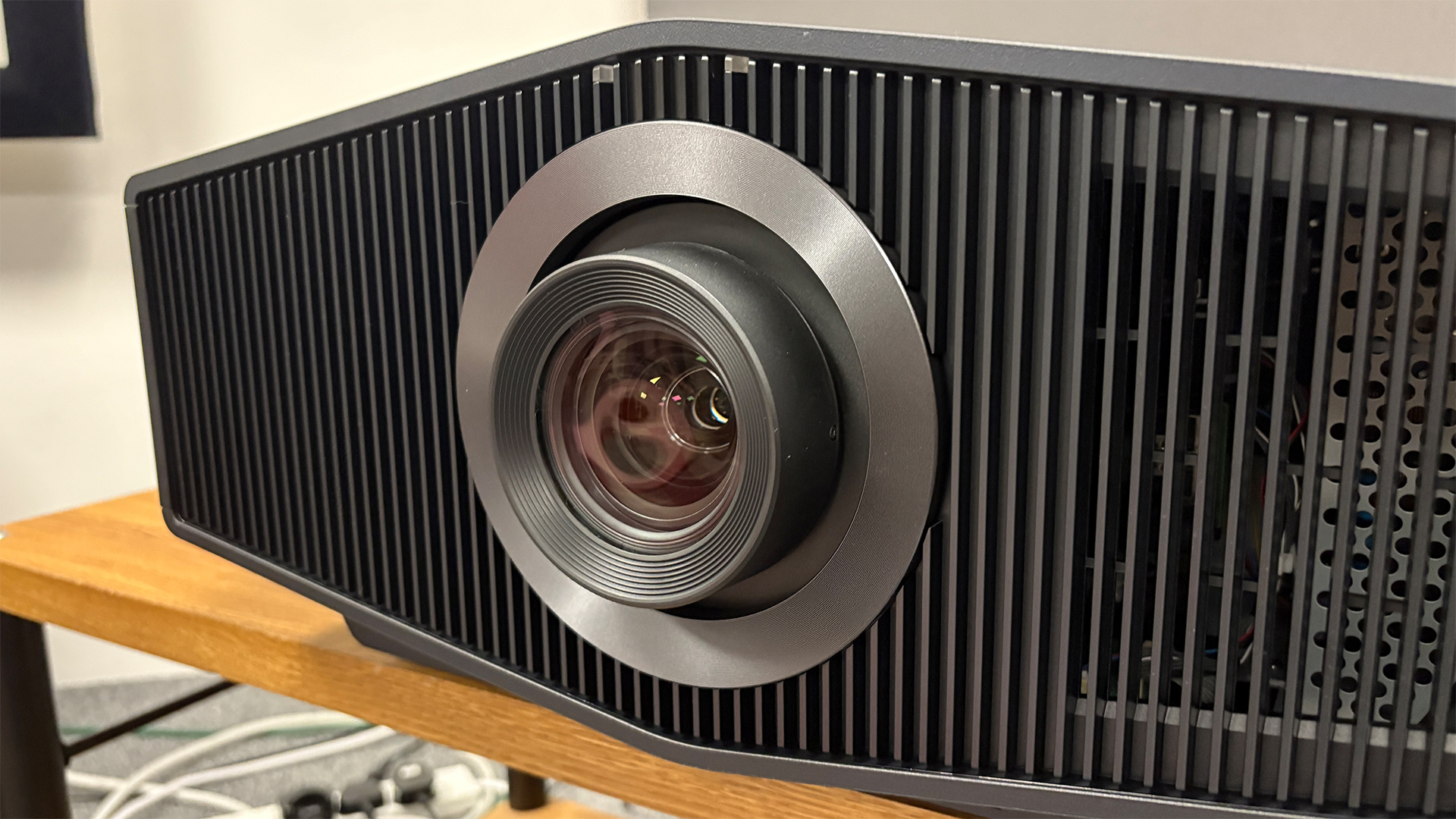
If you are looking for a good projector to upgrade your home cinema setup, then you have come to the right place. We know how hard it can be to whittle your choices down to a manageable number, with hundreds of different models and manufacturers on the market.
There's a wide variety of different projectors to choose from as well, ranging from more traditional long-throw projectors to the portable projectors and ultra-short throw models joining the ranks.
We've reviewed projectors of every shape and size, so be sure to check out our best outdoor projectors and best portable projectors lists if you're looking for more options to take your cinema experience on the road.
In this list, you will find a projector to suit your every need. For example, BenQ's excellent entry-level model sneaks in at under £1000, while the exceptional JVC DLA-NZ800 should appease enthusiasts with deep pockets.
While we have seen plenty of projector models pass through our test rooms in the last few months, including the Nebula X1 and Optoma Photon Go, only a select few have make it onto our hallowed guide.
Finally, it's worth remembering that building a home cinema setup is an involved and, if we're being frank, costly process. Be sure to check out our best projector deals, as well as our best AV receivers and best surround sound systems pages to complete your home cinema setup.
The quick list
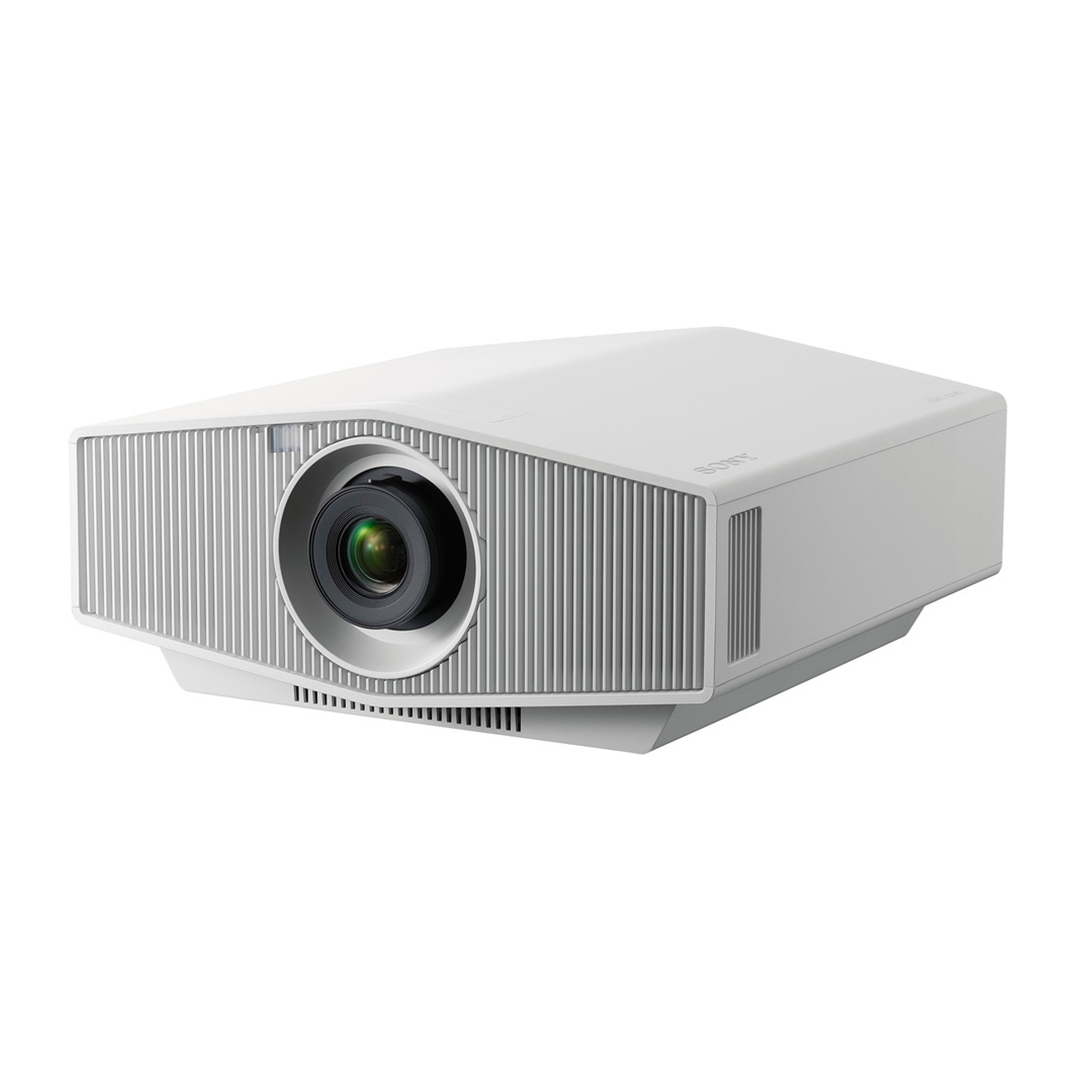
Best overall
Putting laser technology within reach of mere mortals, Sony’s VPL-XW5000ES is the best projector for most people, delivering a stunning 4K picture without ever having to replace a lamp.
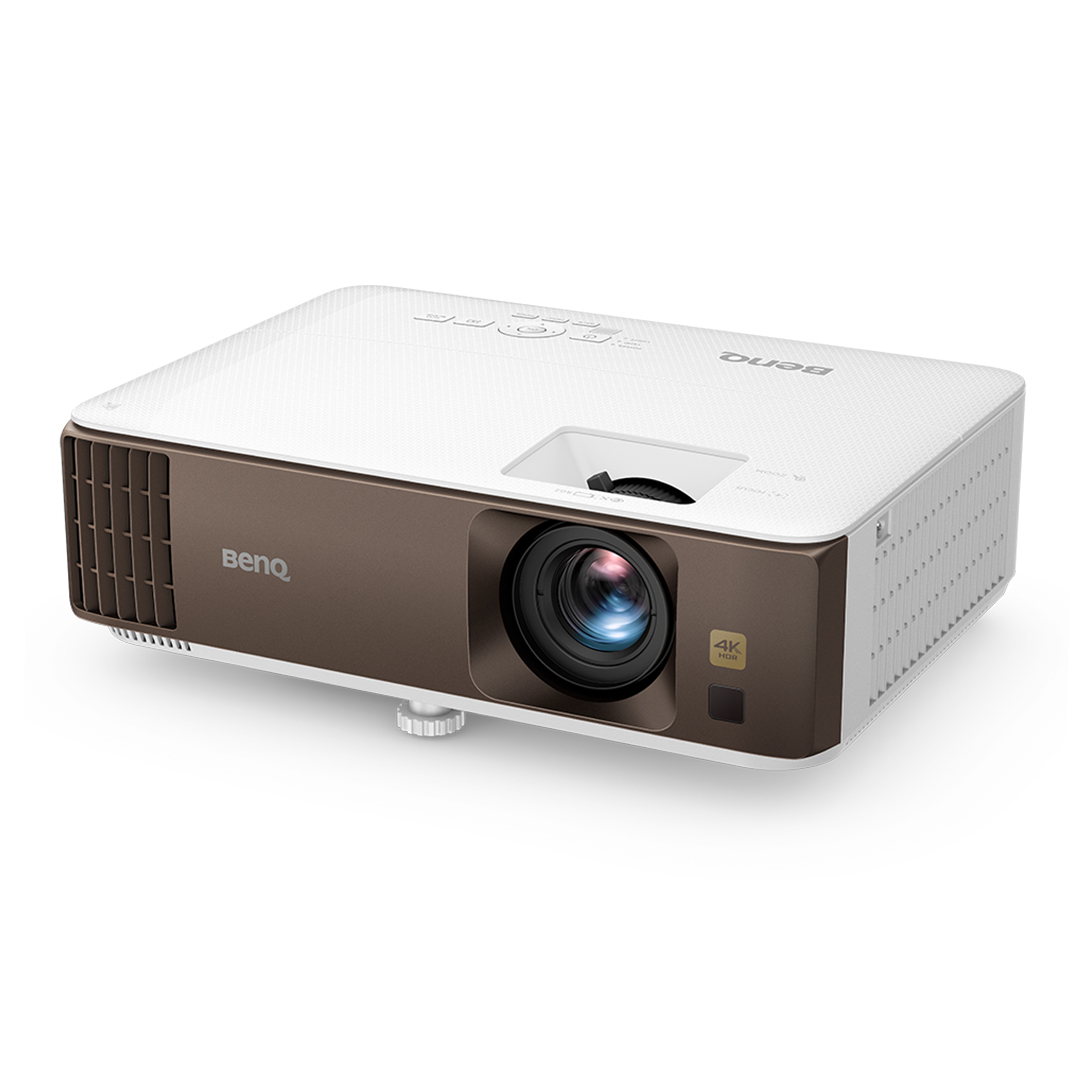
Best entry-level 4K
While it’s no slouch for gaming, the reasonably priced W1800 truly excels at what it was specifically designed for: bringing Hollywood home.
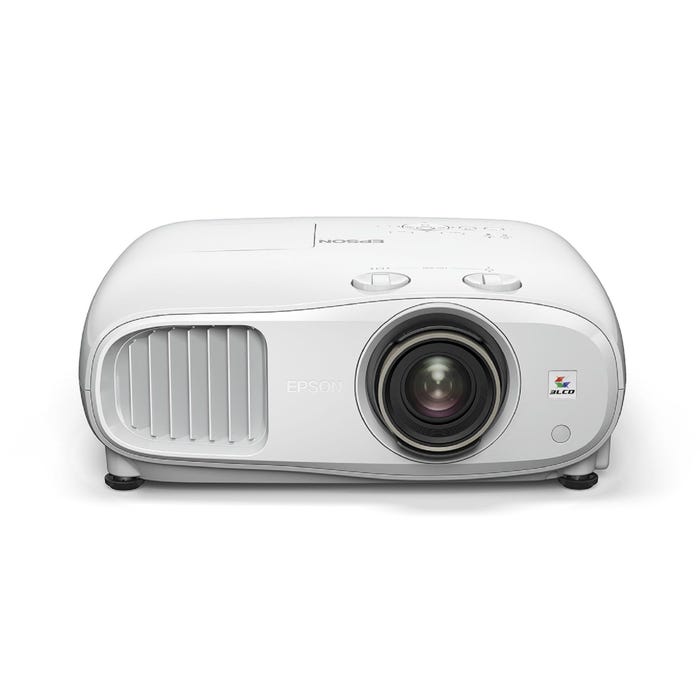
Best mid-range
Not the cheapest, but the EH-TW7100’s picture out-punches the outlay and the features will fulfil your dreams.
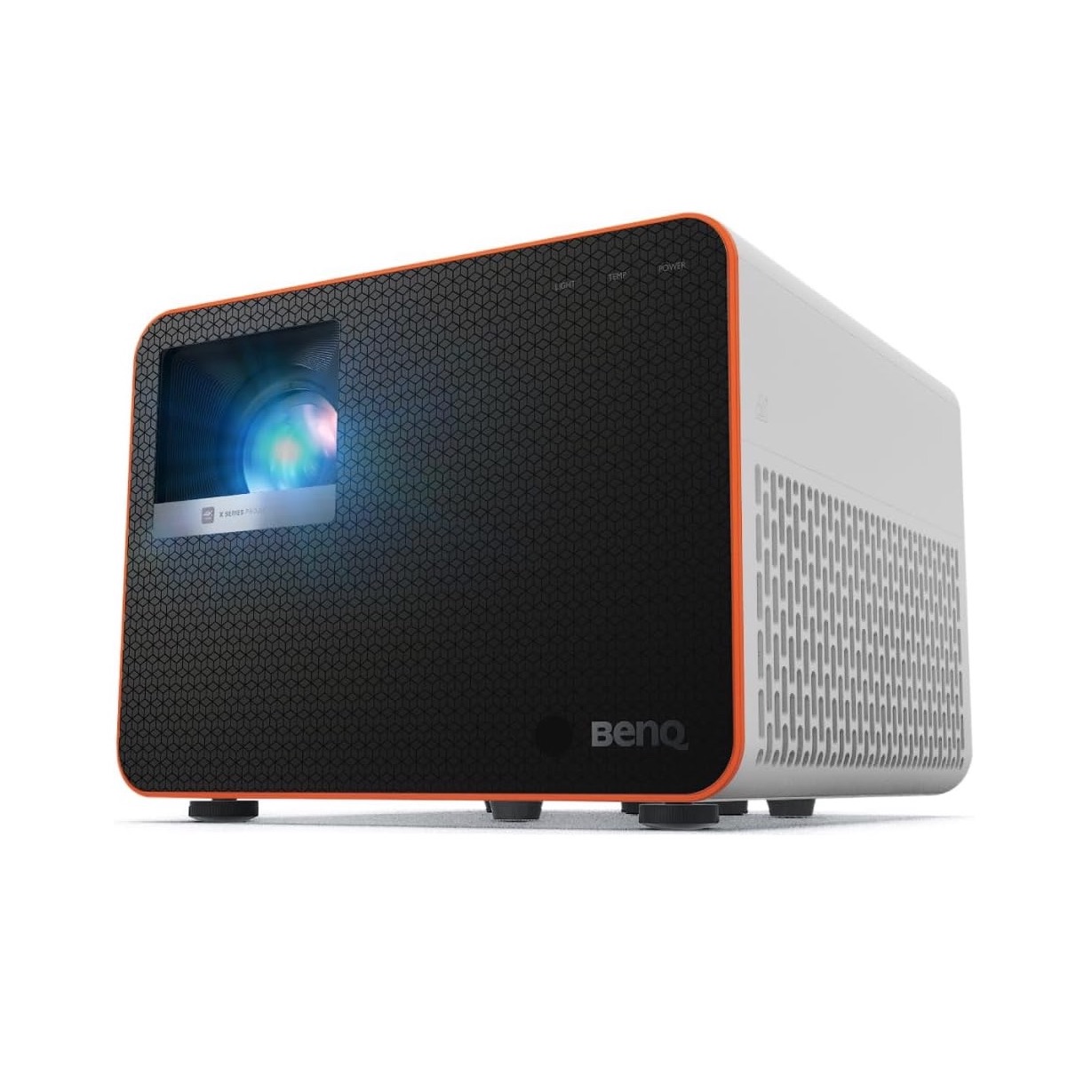
Best premium
BenQ's gaming-focused projector proves to be equally talented for movies thanks to its excellent all-round picture quality.
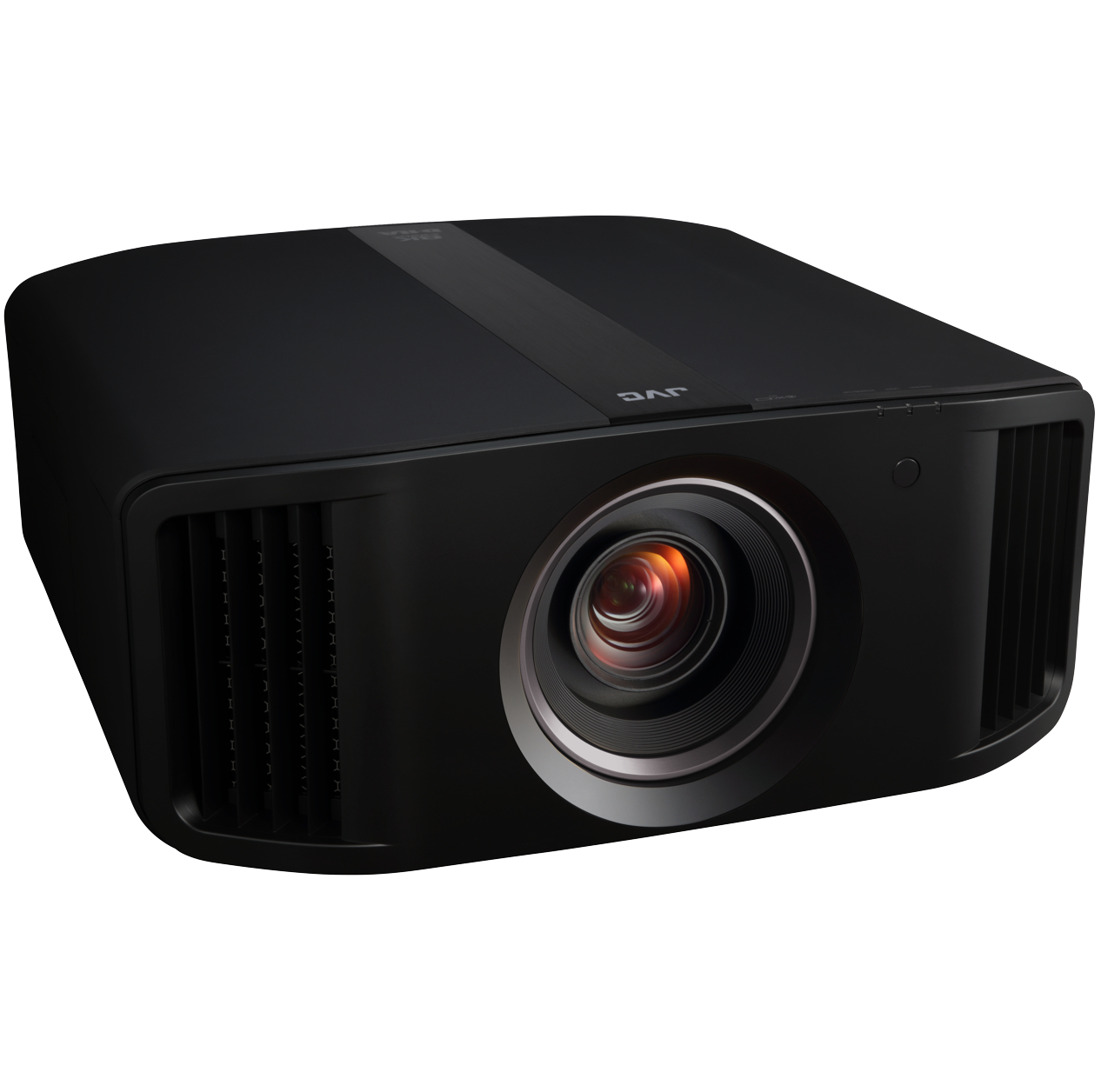
Best high-end
JVC's pricey projector delivers stunning details, beautifully balanced colours and a truly aunthentic cinematic picture.
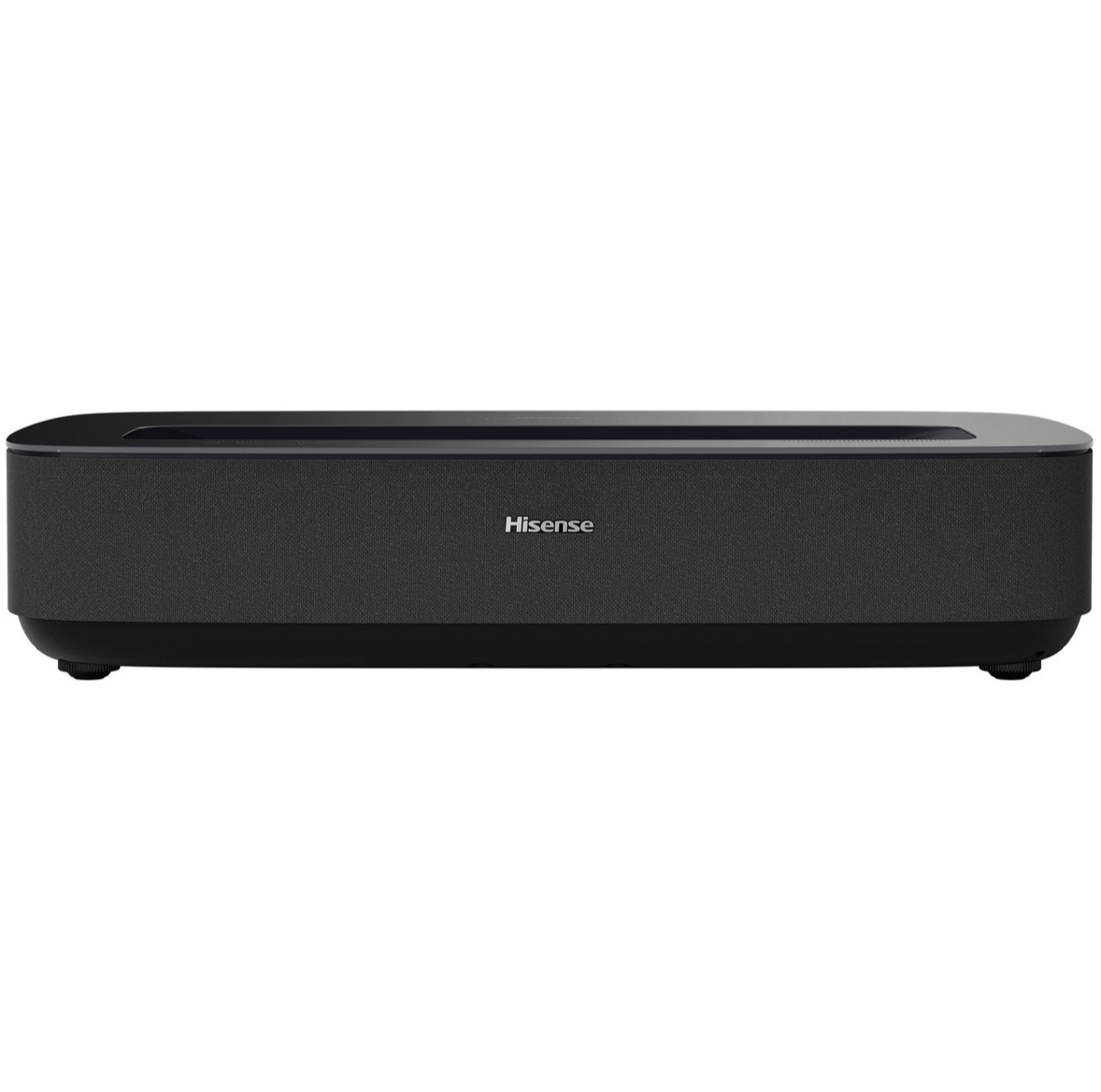
Best ultra short throw
Bright and vibrant with an adept handling of motion, this practical projector is a more-than-capable alternative to a mammoth-sized TV.
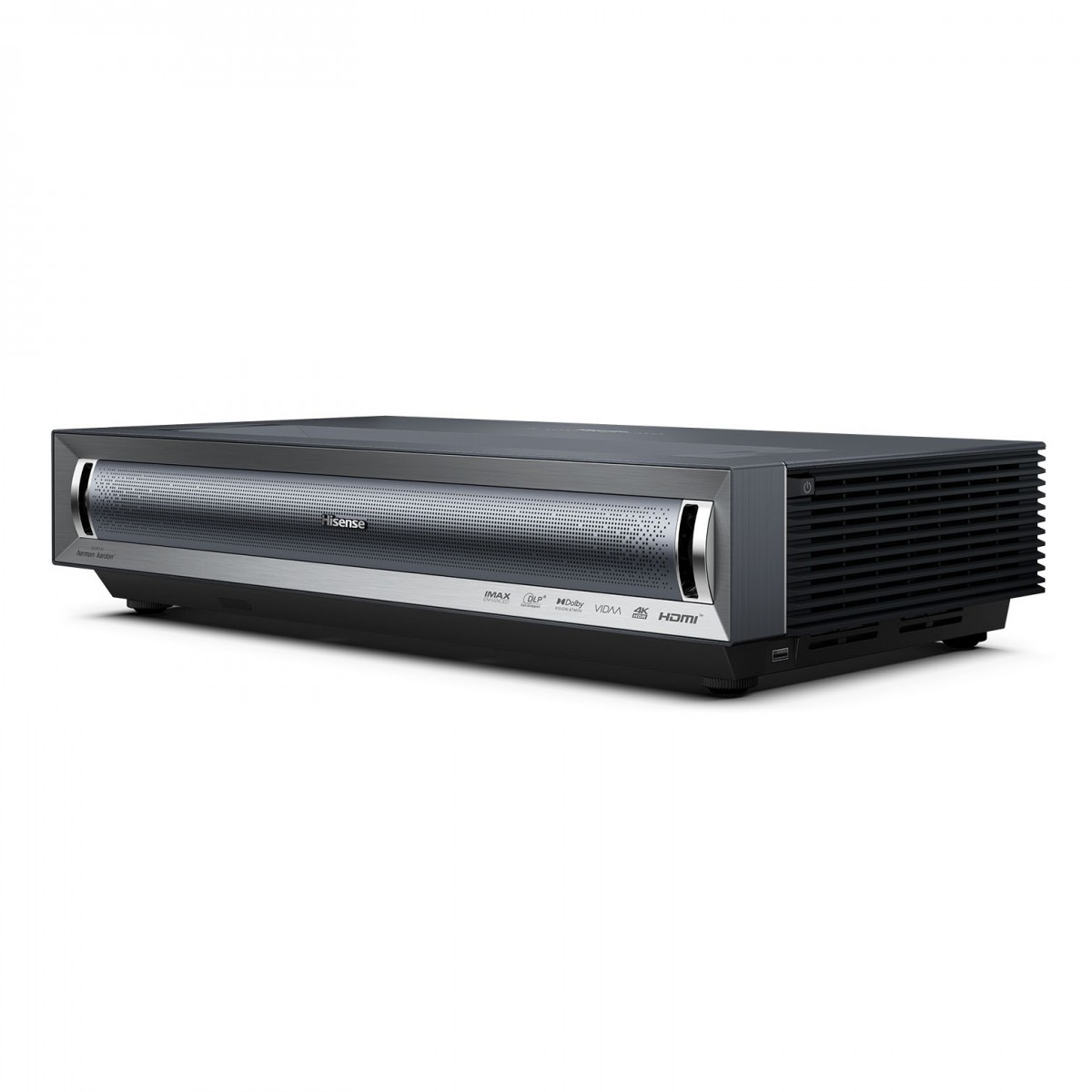
Best premium ultra short throw
Hisense's TV alternative offers a superb HDR image and enhanced gaming features making it a winner in our books.
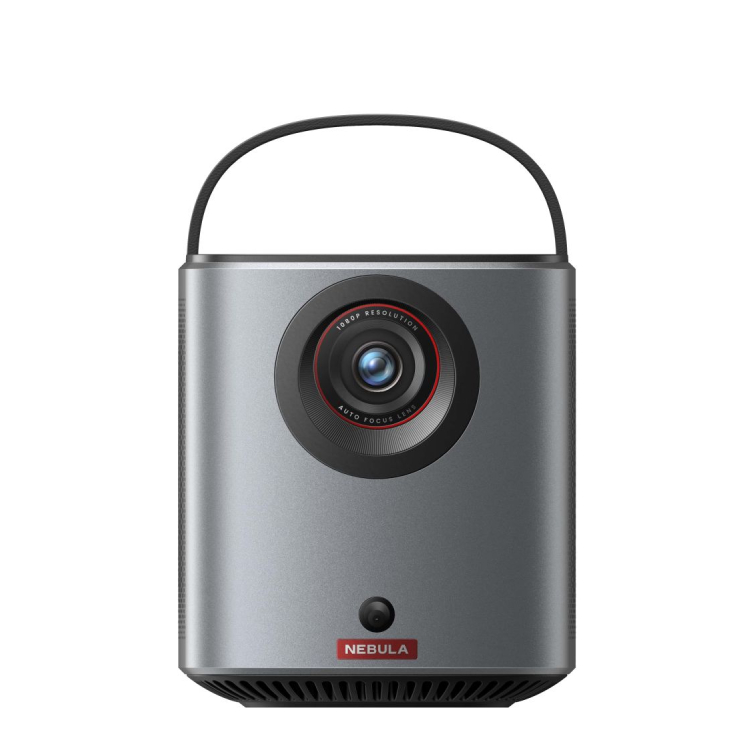
Best portable
Anker's dinky projector offers home cinema on the go, boasting a cool design and a punchy picture.
August 2025: Hisense PL2 replaces Hisense PL1 as best ultra short throw projector. Created best portable category and added Anker Nebula Mars 3 Air.

I'm a Staff writer here at What Hi-Fi? who also happens to really like projectors. I've tested everything from serious 4K units that cost upwards of £15,000 to ultra-short throw TV replacements. As a self-proclaimed film enthusiast, I find that projectors are easily one of my favourite things to test, as they allow me to watch some of my favourite movies in the way they were meant to be seen. Finding a good projector that truly makes our AV testing room feel like a proper cinema is a treat, and there are a few key areas I look out for to fulfil that criteria. Detail levels, black depths, contrast and colours are all factors to consider, while ease of setup and connectivity are also key components to be mindful of.
The best projector overall
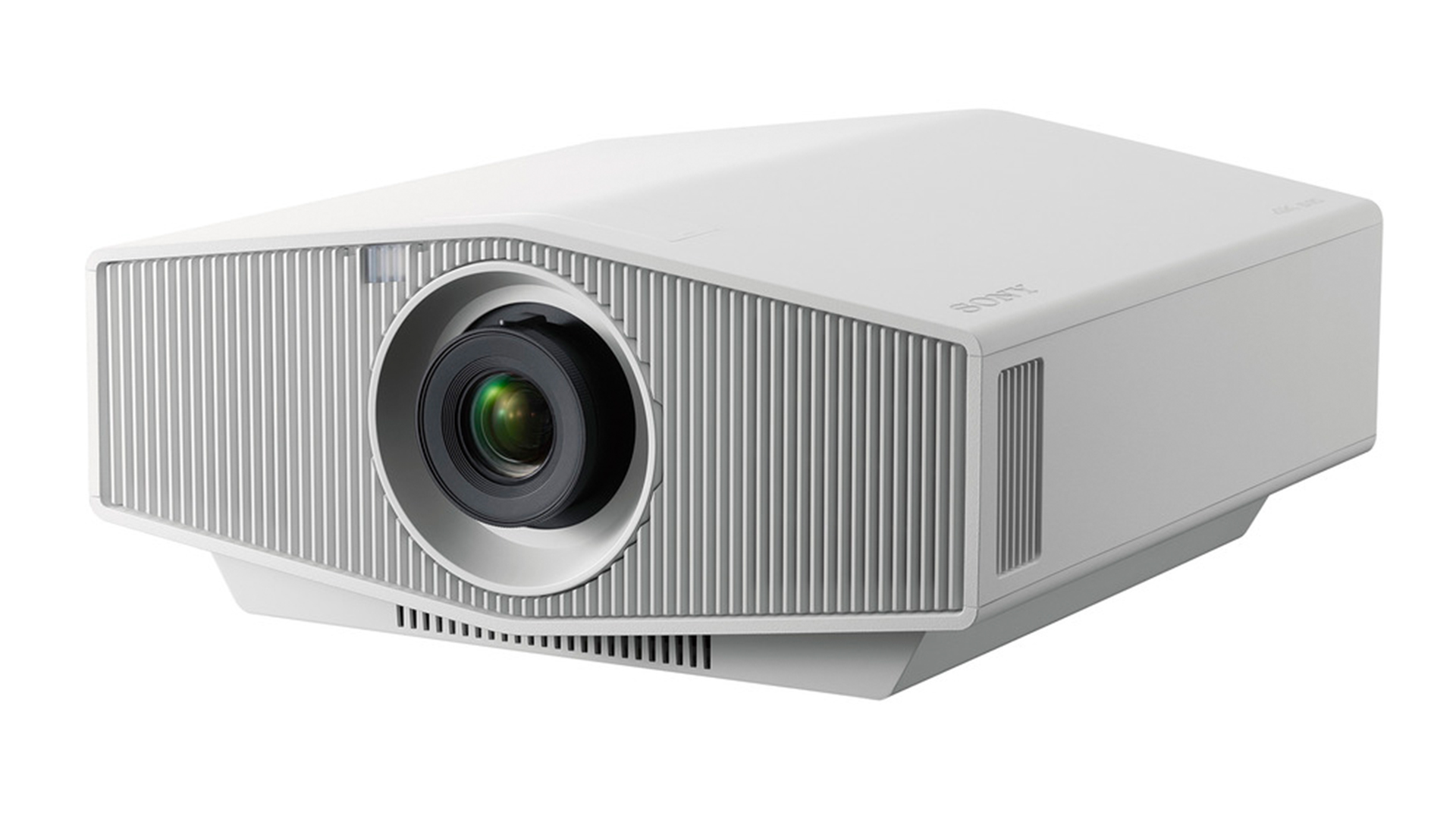
1. Sony VPL-XW5000ES
Our expert review:
Specifications
Reasons to buy
Reasons to avoid
The VPL-XW5000ES is a watershed moment for not just Sony’s projection business but the home cinema world in general. Why? Because it’s the cheapest truly native 4K laser projector the home cinema world has ever seen.
Prior to the XW5000ES, Sony’s entry-level SXRD 4K projectors have relied on lamp rather than laser technology. Moving to laser, though, means no longer having to put up with the inconvenience and ongoing costs associated with having to replace lamps every few thousand hours of use, or the relatively rapid degradation in brightness that lamps suffer.
While you inevitably have to accept a compromise or two in return for Sony delivering a full 4K laser projector at this price, those compromises are ultimately crushed by the joyous impact the XW5000ES’s combination of laser lighting and exceptional X1 Ultimate processing has on both your immediate and long-term movie night thrills.
Read the full Sony VPL-XW5000ES review
The best entry-level 4K projector

2. BenQ W1800
Our expert review:
Specifications
Reasons to buy
Reasons to avoid
BenQ divides its consumer projector range into quite specific categories these days. There's premium ‘CinePro’, mid-range ‘CinePrime’ and entry level ‘CineHome’ home cinema models, as well as more general purpose (usually brighter and more affordable) home entertainment models, laser TV models, and dedicated gaming projectors.
The W1800 sits squarely in BenQ’s CineHome section, where its focus on serving up a cinematic experience on a budget serves it extremely well.
The BenQ W1800’s pictures immediately struck us as genuinely cinematic as soon as we clapped eyes on them – and while deeper scrutiny uncovers a limitation or two, our first impressions hold well throughout our time with the W1800.
BenQ’s decision to focus with the W1800 on what we guess could be considered good old-fashioned home cinema values has paid off handsomely. Its pictures might not be the showiest around, but they’re refined, natural, authentic and, to use that word again, cinematic.
Read the full BenQ W1800 review
The best mid-range projector
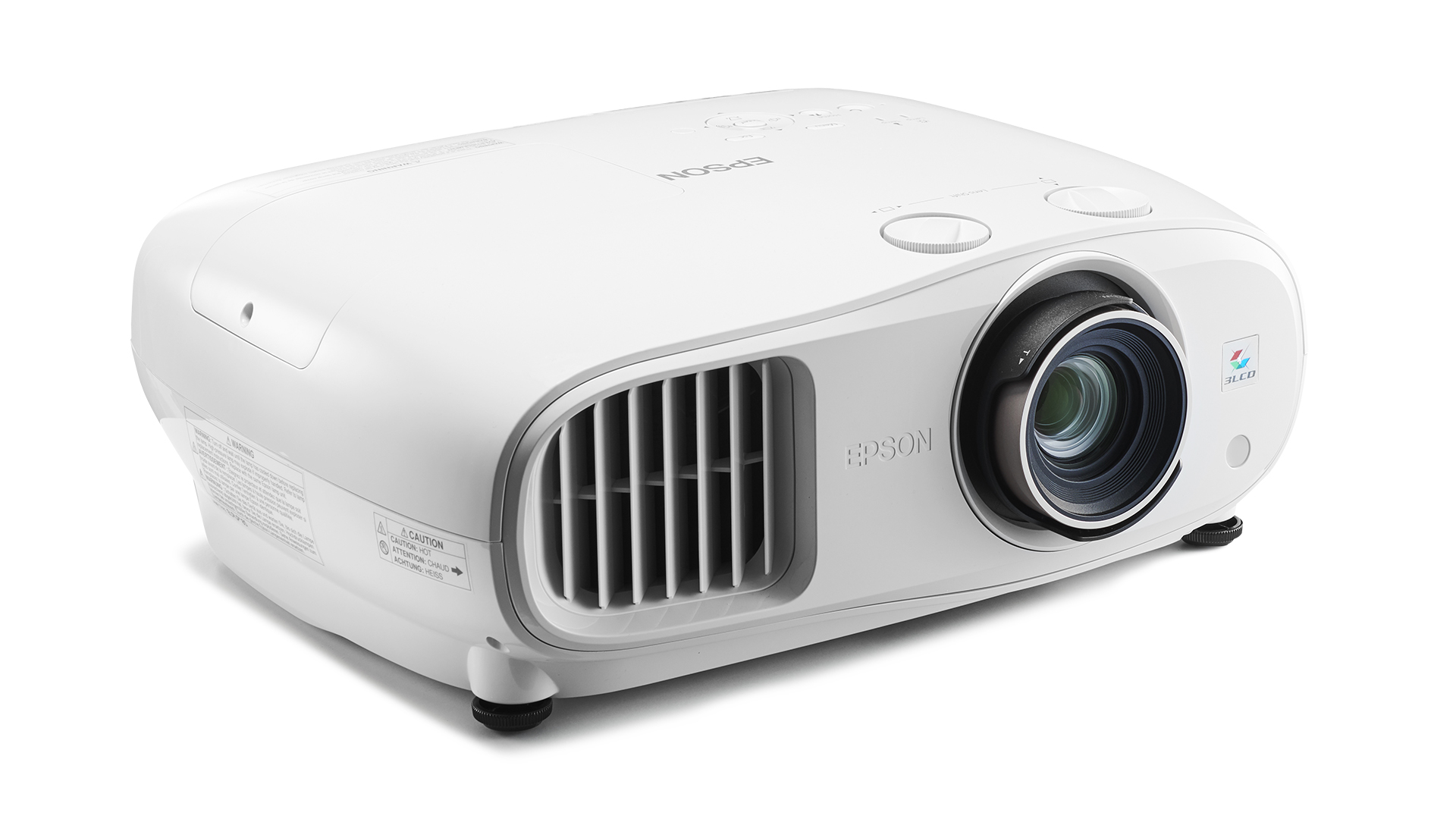
3. Epson EH-TW7100
Our expert review:
Specifications
Reasons to buy
Reasons to avoid
A shade pricier than an entry-level device, this Epson is the king of affordable 4K projectors. It’s easy to set up and install, and produces a picture that’s reminiscent of what you'll get at the cinema.
You'll get a great image right out of the box without needing to be any kind of expert at tinkering with the settings. All the preset modes are very well judged and it gives an excellent level of black depth and dark detail for a projector at this price. Colours are balanced and motion is naturally smooth.
That said, it's as much the convenience of this machine that makes it so good. Bluetooth allows for direct connection with a wireless speaker or soundbar, and the high luminance means that it's usable in moderately lit rooms. In other words, an AVR, speaker package and home cinema room are not entirely necessary. How's that for a superb family projector?
Read the full Epson EH-TW7100 review
The best premium projector
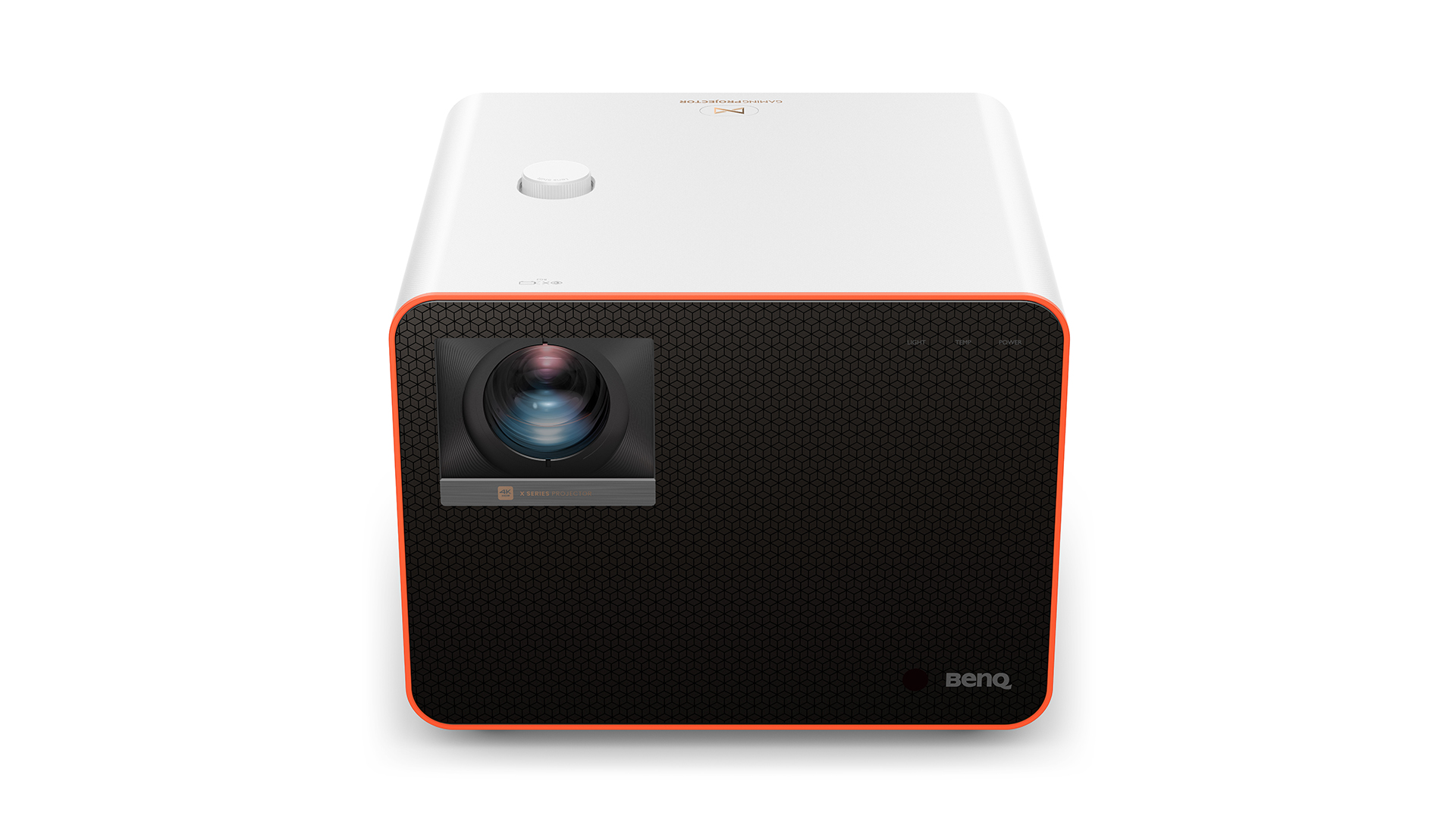
4. BenQ X3100i
Our expert review:
Specifications
Reasons to buy
Reasons to avoid
Despite being designed for gaming primarily, the BenQ X3100i is superbly talented for watching movies too. It offers an Award-winning picture performance, making it an ideal step-up option over the entry-level W1800 also featured on this list.
It offers an "excellent all-round picture quality" with a focus on how it handles contrast and HDR sources. We complimented the X3100i's ability to push its 3300 lumens to the limit in order to deliver bright HDR images with the required intensity, while the Dynamic Black processing mode does an admirable job of keeping the integrity of black depths in check, resulting in an effective and impactful image overall.
We deemed this projector's colour performance to be a cut above the rest too, with vibrant animated content suiting this projector's rich pallet very well. It avoids the overcooked look that some projectors at this price point can fall victim to, with an impressively natural and balanced appearance to colours without a loos of vibrancy. It's a tough balance to strike, and yet the BenQ nails it.
It even sounds better than most projectors on the market, and while we'd urge you to invest in a dedicated sound system, if you must rely on the built-in speakers then you'll find that they project well, sound clear and even make a decent attempt at delivering a spatial effect.
Finally, the included media dongle features an operating system built on Android TV and offers access to a range of streaming apps including Netflix, Disney Plus and Apple TV.
Read the full BenQ X3100i review
The best high-end projector
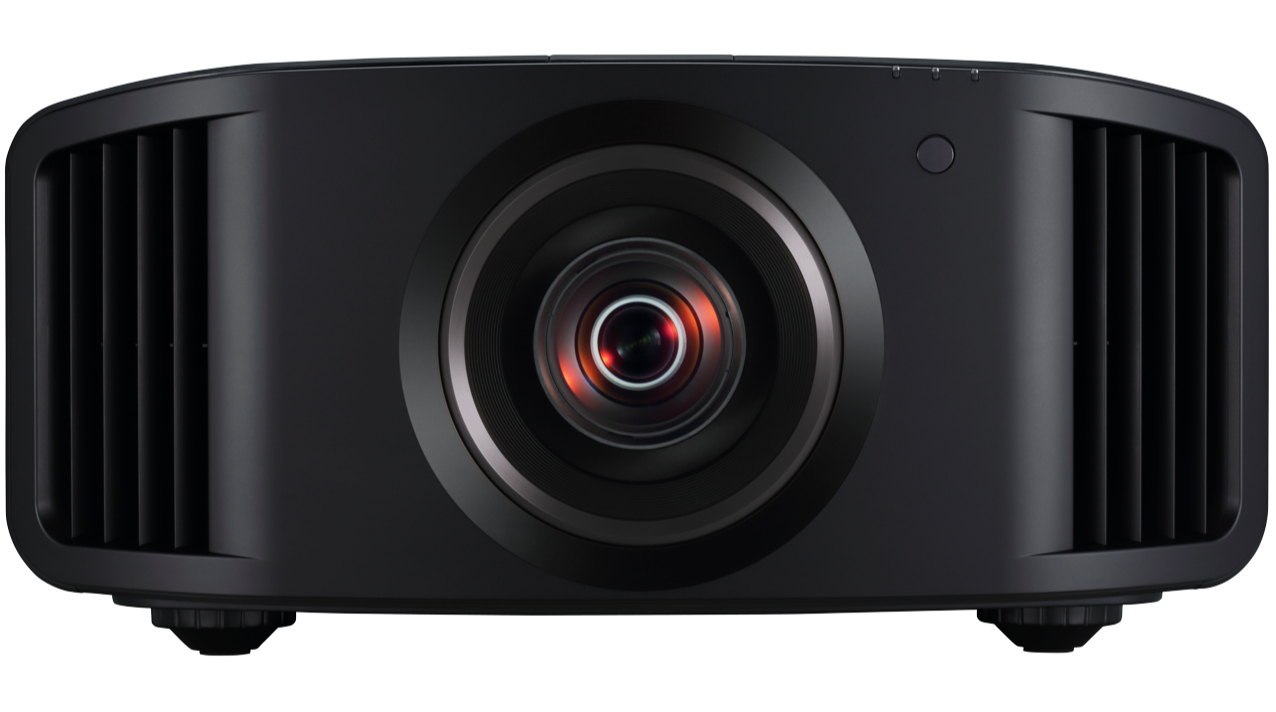
5. JVC DLA-NZ800
Our expert review:
Specifications
Reasons to buy
Reasons to avoid
JVC snatches Sony's crown, dethroning the brilliant VPL-XW7000ES with this exceptional home cinema projector. The DLA-NZ800 is a cinematic marvel, delivering an awe-inspiring picture accompanied by a super simple setup and enhanced HDMI spec.
We lauded the DLA-NZ800's ability to deliver a truly balanced and authentic image, with rich contrast, superb three dimensional depth and excellent black levels. Colours are spectacularly rich and yet wholly natural too, leading to a deeply engaging picture that will impress the most scrupulous home cinema enthusiasts.
Most importantly, this projector nails detail levels, and it even converted us to being fans of 8K upscaling. The included 8K Eshift feature delivers spectacular results, with oodles of added detail that we became accustomed too during out testing process.
It isn't cheap, but the JVC DLA-NZ800 puts picture performance above all else, hence the absence of built-in speakers or a streaming platform. However, this is home cinema taken seriously, so we hope you'll have a quality sound system and 4K Blu-ray player to pair with this projector.
Read the full JVC DLA-NZ800
The best ultra short throw projector
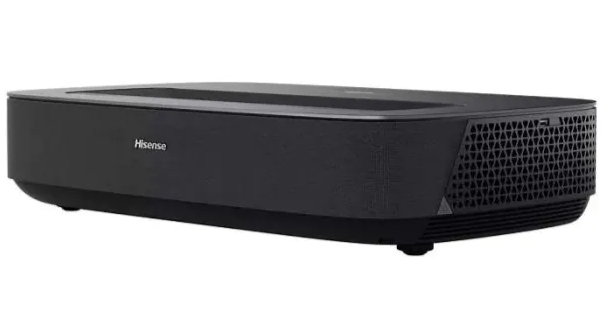
6. Hisense PL2
Our expert review:
Specifications
Reasons to buy
Reasons to avoid
Ultra short throw (UST) projectors allow you to deliver large pictures even when sat right up close to a screen or wall, which means you can save on space while still getting an immersive movie experience. It's therefore no surprise that we are seeing more and more brands getting in on the action.
At the forefront of this UST revolution is Hisense, which has been developing ultra short-throw models for over six years now. The PL2 that we have before us today is the latest model in Hisense’s line of Ultra Short-Throw Laser Cinema Projectors – the successor to the five-star PL1 which snagged a What Hi-Fi? Award last year.
The Hisense PL2 manages to trump our old favourite, however, offering impressive dark detail as well as a brighter picture. We say in our review: "Hisense’s focus on delivering a balanced picture that accepts the shortcomings inherent to a UST lets the PL2 offer a consistent, controlled picture that never distracts from what’s playing on screen."
Its built-in twin 15W sound system does lack a real sense of width and depth, with a weak low-end that produces an underpowered overall sound. It does still provide clear vocals that stand out well from background noise. We do recommend budgeting for a separate speaker system if you don’t already have one.
The PL2 offers a decent selection of HDMI ports to connect to other devices, with HDMI 2.1 sockets (one that has eARC), one HDMI 2.0 port, an ethernet port and two USBs (one 3.0, one 2.0).
Finally, its VIDAA operating system offers access to a range of streaming services including Netflix, Disney Plus, Amazon Prime Video and Apple TV+.
Read the full Hisense PL2 review
The best premium ultra short throw projector
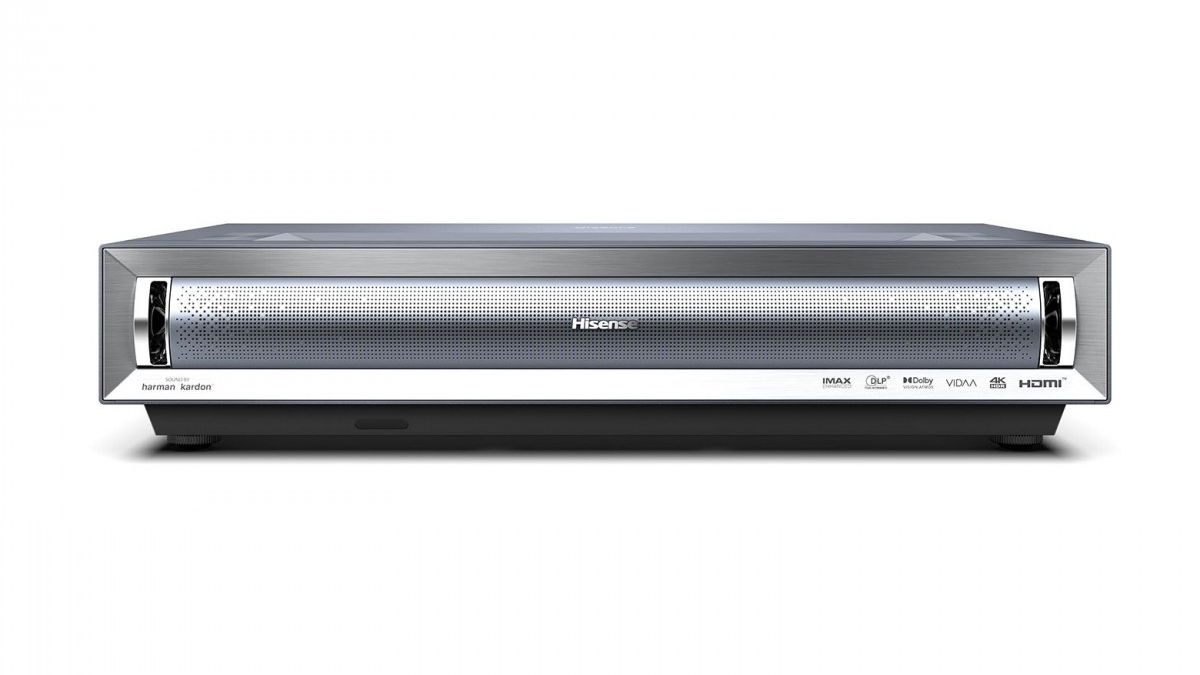
7. Hisense PX3-Pro
Our expert review:
Specifications
Reasons to buy
Reasons to avoid
Hisense takes both spots for best ultra short throw, with the PX3-Pro serving as a more premium offering in the company's laser cinema lineup. It's a UST that's built for gaming, but much like the BenQ X3100i, it handles films like a champ too.
The PX3-Pro offers a range of picture upgrades over the PL1, including a brighter picture, HDR10+ support and enhanced shadow details. We also praised its overall picture details, citing that it maintains plenty of environmental and skin textures despite outputting a 100-inch picture. The most impressive feature of the PX3-Pro is its light control, as contrast is handled in a way that results in a three-dimensional and engaging picture overall.
This projector is also suited well to console gamers; in fact there are Xbox logos plastered on the box which alludes to its gaming credentials. It sports two HDMI 2.1 sockets, which support 4K/120Hz signals.
While the built-in audio is middling, you can plug in a soundbar or AVR to easily remedy this. Better still, you won't have to sacrifice an HDMI socket for a media streamer, as the PX3-Pro features Hisense's Vidaa platform built in, which supports a full range of apps including Netflix, Amazon Prime Video and Disney Plus.
Read the full Hisense PX3-Pro review
The best portable projector
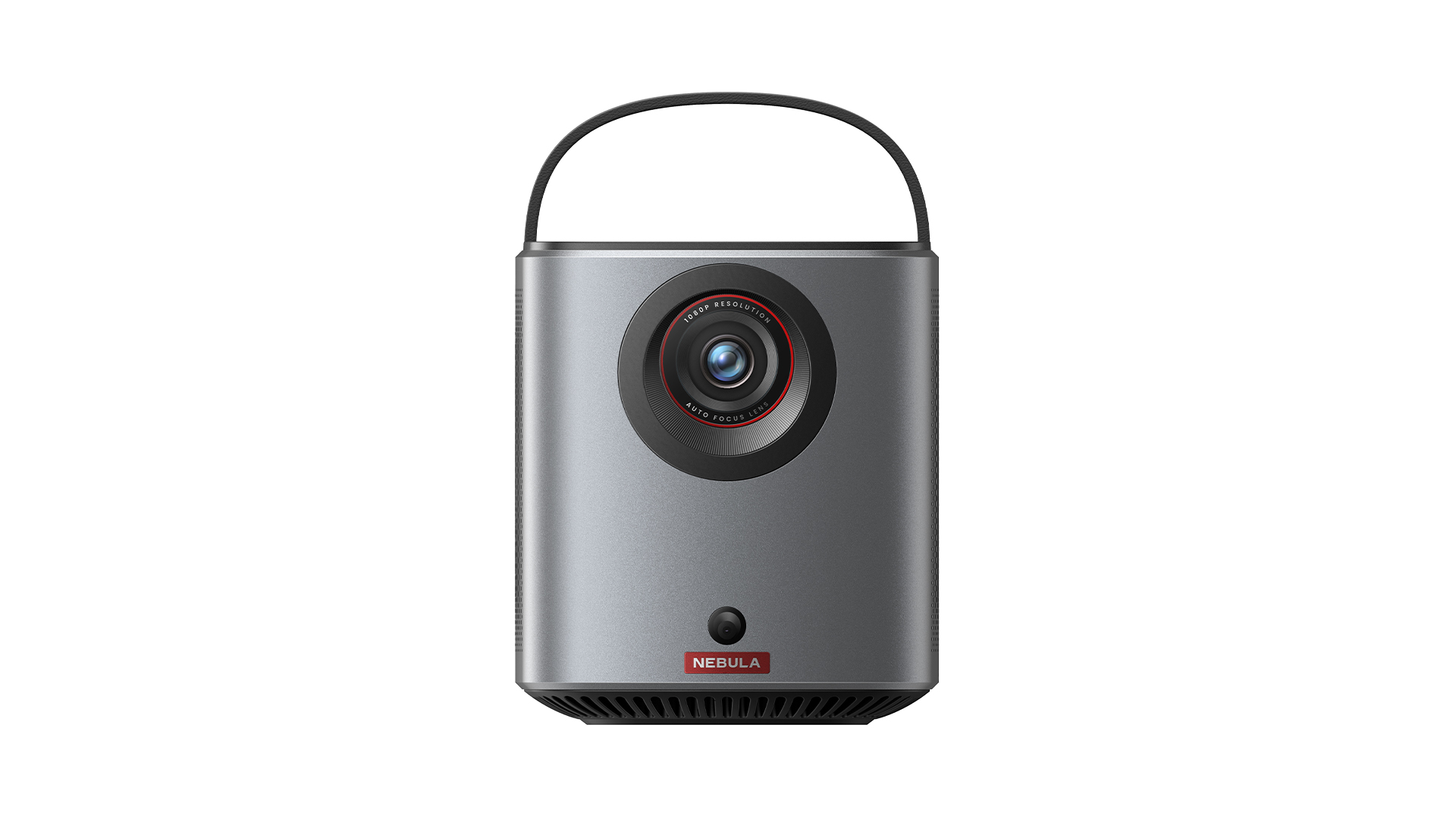
8. Anker Nebula Mars 3 Air
Our expert review:
Specifications
Reasons to buy
Reasons to avoid
While most portable projectors can't hold a candle to the picture and sound quality of the more premium projectors on this list, the Anker Nebula Mars 3 Air manages to provide a punchy image ideal for on-the-go cinema lovers.
Although it's a bit too chunky to be considered an ultra-portable model that can be stuffed into a coat pocket, this Anker model sports a comfortable carry strap is attached to its top edge.
We were impressed during testing with the portable model's picture quality considering its competitive price tag. We say in our review, for example, that: "Despite the projector using (like all portable models) a fairly small lens aperture, every pixel and texture of a good HD source is faithfully rendered, adding up to a really dense, smooth, cinematic finish to the picture with little evidence of visible pixel structure. Even when you push the image to beyond 100 inches."
And that's not all, as the projector's audio performance manages to buck the trend of most portable projectors sounding pretty bad. While the bass can seem disconnected from the rest of the sound and the volume never blowing us away, we still find that "detailed movie mixes sound crisp and busy, but are also well-rounded enough not to sound harsh or thin."
In terms of connectivity, there is a single HDMI port, a USB port and integrated Bluetooth, wi-fi and Chromecast support to make it easy to cast content from a phone or laptop. The Google TV operating system also gives you access to a range of streaming platforms including Amazon Prime Video, Apple TV+ and Disney+.
If your budget can't stretch to a more comprehensive model or you are looking for a projector to take on your travels, this Anker model is hard to beat.
Read the full Anker Nebula Mars 3 Air review
Also consider
- Sony VPL-XW7000ES: While this remains a stellar premium home cinema projector, the JVC DLA-NZ800 dethrones and takes the spot on our Awards list. That being said, this is still a supremely talented projector and can now be found at a discounted rate as its successor, the Sony Bravia Projector 8, has just launched.
- Sony Bravia Projector 8: The successor to the XW7000ES (above) and a rival to a formidable offering from JVC, the Bravia Projector 8 had to stand out when it launched late last year in order to hold its own. Thankfully, it did, as its rich and dynamic picture earned it five stars – it's just a shame that it might disappear from shelves soon.
- Epson EH-QB1000: A worthy adversary to the Sony VPL-XW5000ES, Epson's impressive 4K beamer delivers "bright, colourful, HDR pictures" with sharp, clean details despite it not being native 4K.
- Hisense PL1: This all-in-one cinema in a box may have been beaten by its successor the Hisense PL2, but it still packs an impressive five-star punch with its cinematic picture and Dolby Atmos sound.
How to choose the best projector for you
There are a multitude of factors to consider when choosing the right projector to suit your needs. Whether its budget, resolution, screen size or even the type of lamp, all of these factors can drastically alter the performance of a projector.
It's important to recognise the differences between projector lamp technologies, as different options give you different performance. Laser-based projectors are quick to reach optimal performance after booting up, they produce more accurate colours and have longer lifespans due to not requiring a bulb to power the picture. However, they tend to be more expensive than DLP (Digital Light Processing) LED and LCD projectors, which in turn have their own benefits and caveats.
Ultimately, the goal with a projector is to encapsulate the cinematic feeling of a theatre at home, so this is where screen size and resolution are important. Ideally, this is where a 4K projector would be best for crisp and clear visuals. As you'll notice, almost all of our top picks are either native 4K projectors, or achieve a 4K-like image through clever trickery for a higher picture quality. Here's how 4K vs 1080p (Full HD) resolutions differ.
While resolution is a pivotal aspect of the picture quality, its almost equally important counterpart is colour. Projectors can often struggle when it comes to colour, especially when it comes to darker shades. Contrast is key here to ensure that black depth is the best it can be, although no projector will be able to live up to an OLED TV in this regard.
Within the mix are also some ultra short throw projectors. These can project a big, clear image onto a wall from a very short distance away, making them ideal for space saving set ups or for those wanting to avoid wall- or ceiling-mounting their projector.
Then there are portable projectors, which are ideal of taking on the go or using outside to create a grab-and-go cinema experience. They might not match up with the performance of dedicated home cinema projectors – the fact that none have made our list should tell you that – but you're paying for the experience and versatility here. You can't beat an open-air cinema experience under the starry night sky after all.
We do often recommend that you budget for a speaker when shopping for a projector, as although many options here include on-board speakers, they are invariably pretty poor. Similarly, while some projectors do now feature built-in streaming platforms, they're often a bit patchy in terms of performance and app selection, so it's often worth keeping some cash aside for a dedicated streamer.
How we test projectors
Testing projectors involves taking the time to explore their capabilities fully through lots of options-tweaking and content-watching. This includes checking every item in the settings menu, and individually tweaking picture features to ensure the projector is giving us the best visual performance it can.
We conduct these tests in our state of the art testing room in London, which is outfitted with a 100-inch screen and a plethora of external sources to hook the projectors up to, including 4K Blu-ray players, video streamers and games consoles. This is also where each of these projectors meets its rivals, as every product is tested side-by-side with the competition to ensure it meets expectations and so that its place in the market is considered as a whole – no product exists in a vacuum after all.
We test using a wide range of content from 4K Blu-rays, to streaming services, video games and standard definition DVDs to make sure all kinds of content are put through these projectors. This helps us find the strengths and weaknesses of each projector.
At the end of this process, a verdict is reached by a team of reviewers who work closely together in order to ensure that each projector is tested fairly, and to avoid the possibility of any personal preferences creeping in. This is also to make sure our reviews are consistent and thorough, and so that no feature or flaw is missed within our testing process.
MORE:
These are the best outdoor projectors 2022
Take a look at the best home cinema deals
The latest hi-fi, home cinema and tech news, reviews, buying advice and deals, direct to your inbox.
Lewis Empson is a Senior Staff Writer on What Hi-Fi?. He was previously Gaming and Digital editor for Cardiff University's 'Quench Magazine', Lewis graduated in 2021 and has since worked on a selection of lifestyle magazines and regional newspapers. Outside of work, he enjoys gaming, gigs and regular cinema trips.
